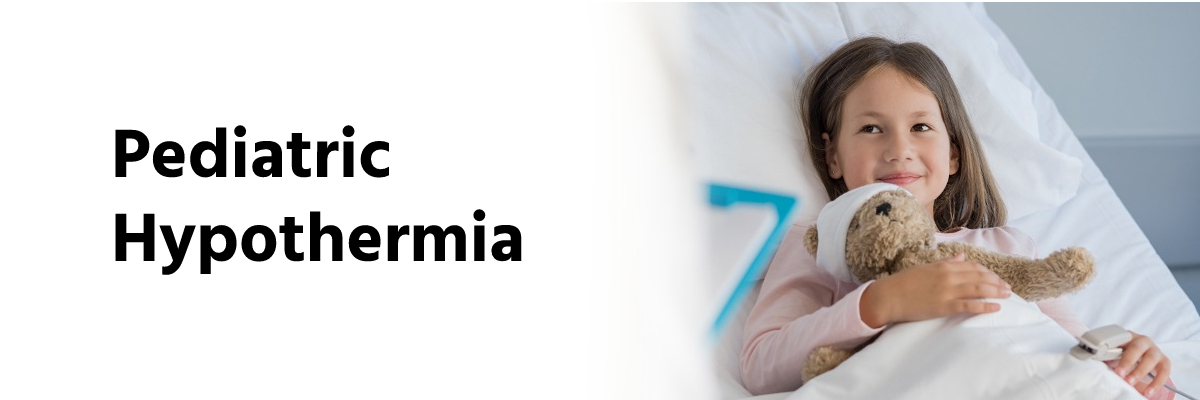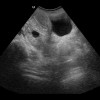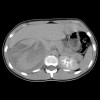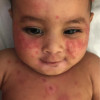
 IJCP Editorial Team
IJCP Editorial Team
Pediatric Hypothermia
A report describes a case of a neonate weighing 2140 g, with a gestational age between 36 and 38 weeks, found in a cardboard box, nude, covered only with a blanket, with an ambient air temperature of 1 °C.
The neonate was lethargic but reacted to pain alongwith opening the eyes. The paramedics, on arrival, carefully removed the blanket and rewarmed the infant by wrapping a warm towel.
The physician found that the newborn had-
- spontaneously breathing (26 breaths/minute)
- no signs of respiratory distress
- 97 % peripheral oxygen saturation
- bradycardia, with a sinus rhythm of 76 beats/minute (bpm)
- 72/42 mmHg non-invasive blood pressure
- dilated pupils
- an average rectal temperature of 25.7 °C
- no other injuries
- Stress-induced transient hyperglycemia of 18.6 mmol/l.
The healthcare team could not gain Peripheral i.v. access on the first attempt but achieved tibial intra-osseous (i.o.) access and gave neonate a 20 ml/kg bolus of heated crystalloids mixed with the glucose, which raised the core temperature by 1.2 °C.
They transported the newborn to a tertiary referral center in a horizontal position to avoid collapse or arrhythmia. Further, they heated the transport vehicle and wrapped the infant's body in warm blankets, with an electrical heating blanket on top to avoid further heat loss. They also placed heating pads surrounded by compresses on the groin, the torso, and the head of the infant and noticed surprisingly quick rewarming (7 °C in 1 h), relative bradycardia but without arrhythmia, and sufficient respiration.
The treating physician noticed an unstable infant heart rate that fell intermittently under 80 bpm during rewarming, thus administered Atropine sulfate 0.1 mg i.v (at 30 °C body temperature), which increased the heart rate from 87 bpm to 105 bpm.
On arrival at the emergency department, the patient showed-
- a core temperature of 32.2 °C
- stable vital signs
- Initial capillary blood gas pH of 7.25, base excess of 7.4 mmol/L, lactate of 5.2 mmol/l, and blood glucose of 19.8 mmol/l (357 mg/dl).
They rewarmed the infant and achieved normal body temperature (36.5 − 37.5 °C) within six hours.
However, 12 hours after the initial resuscitation, the neonate began to develop respiratory distress syndrome and thus managed with high-flow nasal cannula therapy.
They discharged the infant from the hospital without complications after seven days.
Kuonen A, Riva T, Erdoes G. Bradycardia in a newborn with accidental severe hypothermia: treat or don't touch? A case report. Scand J Trauma Resusc Emerg Med. 2021;29. https://doi.org/10.1186/s13049-021-00909-y

IJCP Editorial Team
Comprising seasoned professionals and experts from the medical field, the IJCP editorial team is dedicated to delivering timely and accurate content and thriving to provide attention-grabbing information for the readers. What sets them apart are their diverse expertise, spanning academia, research, and clinical practice, and their dedication to upholding the highest standards of quality and integrity. With a wealth of experience and a commitment to excellence, the IJCP editorial team strives to provide valuable perspectives, the latest trends, and in-depth analyses across various medical domains, all in a way that keeps you interested and engaged.




















Please login to comment on this article